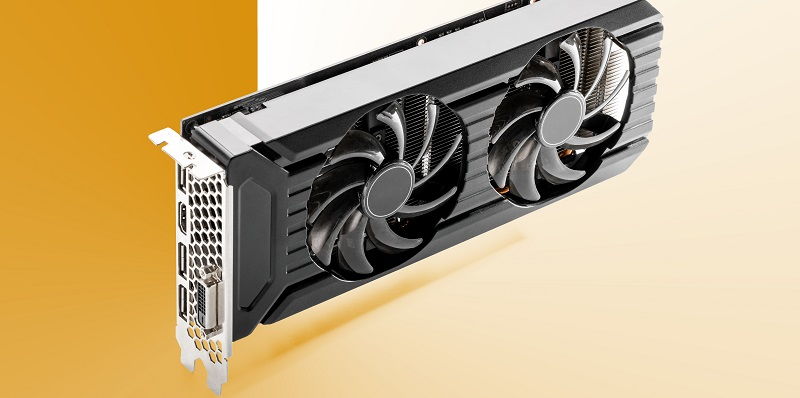In recent whispers from the grapevine, concerns have arisen about potential stock shortages for Nvidia’s RTX 4000 graphics cards. Speculation suggests that the desktop GPU market is currently performing better than the notebook market, leading Nvidia to divert its attention towards bolstering the laptop market.
The Performance of the Desktop vs Notebook GPU Market
The theory circulating is that the desktop GPU market is outperforming the notebook market in terms of demand and sales. This disparity prompts questions regarding the underlying reasons and factors driving this variation. Are consumers not inclined towards purchasing laptops due to the rise in remote working or changing gaming preferences?
Nvidia’s Concern for the Laptop Market
Recognizing the imbalance between the desktop and notebook markets, Nvidia is reportedly determined to reignite interest in laptops. Instead of increasing chip production for laptop GPUs, Nvidia intends to maintain current levels and repurpose chips initially intended for desktop graphics cards to meet the demand in the notebook sector.
Potential Stock Shortages for Desktop GPUs
While Nvidia’s decision to prioritize laptop GPUs may benefit the laptop market, it raises concerns about potential stock shortages for desktop graphics cards. By redirecting chip supply, Nvidia risks creating a scarcity of available stock for desktop users. This shift in preference towards notebooks could have significant implications for those in need of powerful desktop GPUs.
Contradictory Rumors and Price Increases
As with any topic of speculation, contradictory opinions abound in the rumor mill concerning Nvidia’s GPUs. While some suggest a shortage of stock, others discount this possibility. However, recent reports do highlight slight price increases for both AMD and Nvidia graphics cards, raising concerns about affordability and accessibility for consumers.
Impact on Pricing and Market Trends
The potential prioritization of laptop GPUs and the subsequent impact on desktop GPU production could place further pressure on pricing. If Nvidia is indeed cutting back on production for desktop Lovelace GPUs while favoring the supply of gaming laptops, it could contribute to upward price trends. This news adds to the prevailing notion that desktop GPUs have likely hit their price floor and may even experience price hikes in the future.
As the GPU market continues to evolve, concerns over stock shortages for Nvidia’s RTX 4000 graphics cards persist. The preference for laptop GPUs places strain on the availability of desktop GPUs and raises the possibility of price hikes. However, contradictory rumors and uncertainties in the market make forecasting difficult. As consumers await further developments, it is crucial to monitor market trends closely to stay informed of any potential changes that may affect pricing and accessibility.

